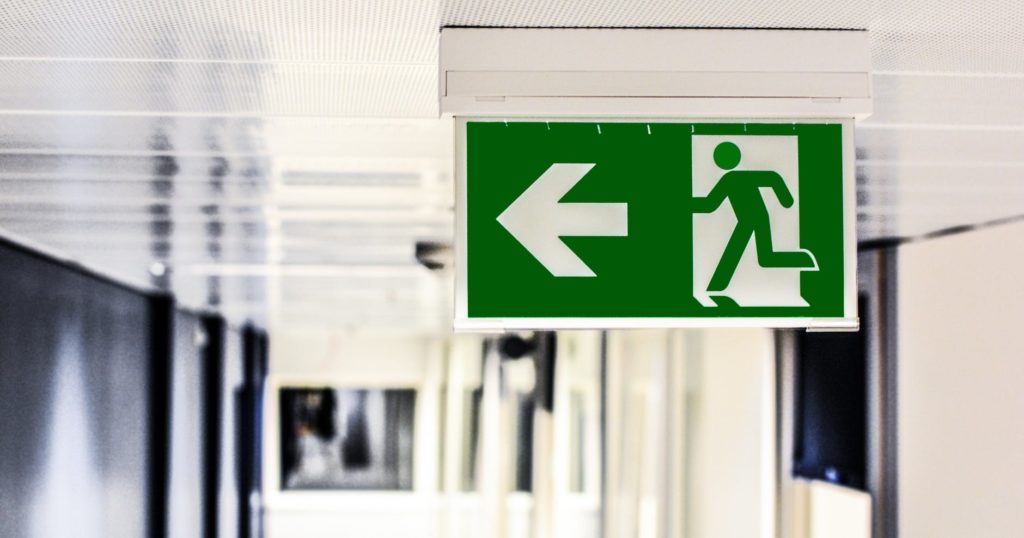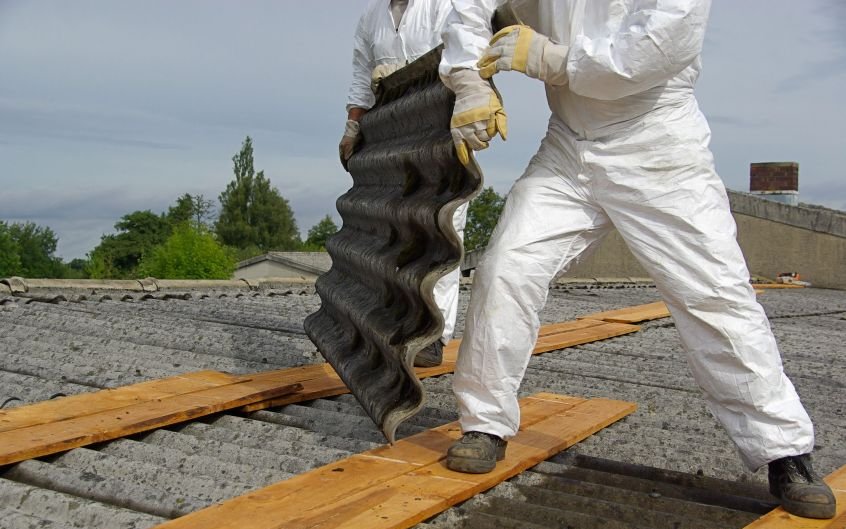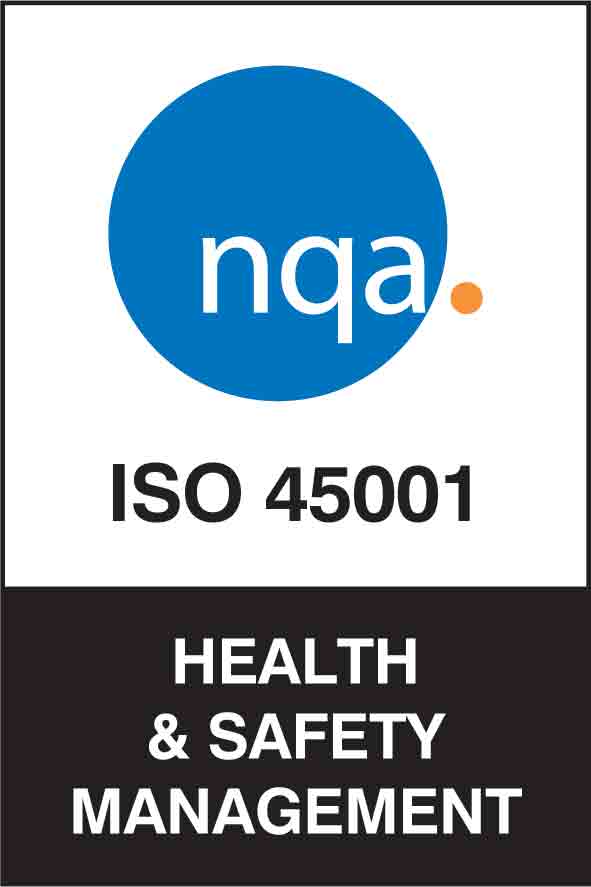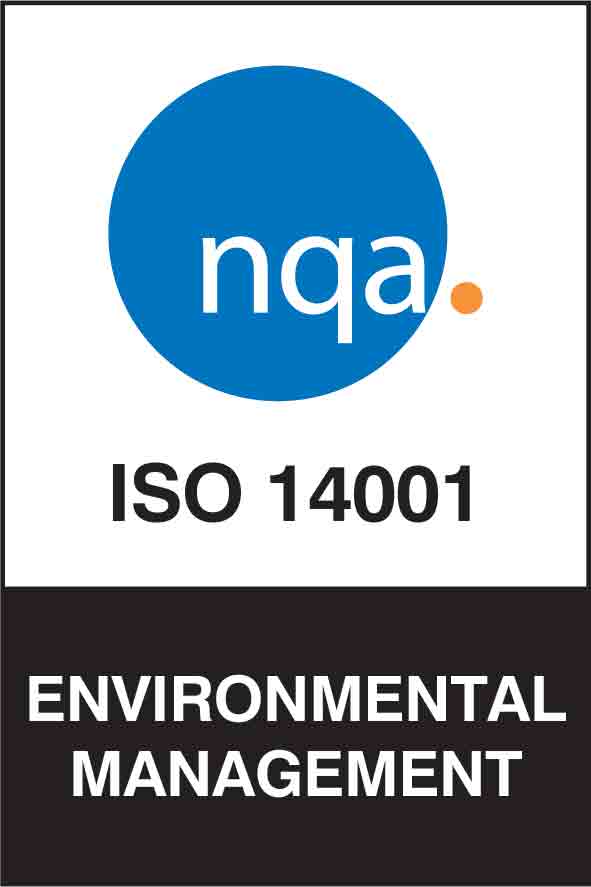Children flourish in a safe and secure learning environment – and this starts in the classroom.
Pupils and teachers spend most of their day in the classroom, and while not inherently a high-risk environment, ensuring risk is properly assessed and managed is essential to fulfilling your duty of care.
But where do you start with health and safety in the classroom? Where should you focus your attention? And what does a classroom risk assessment involve?
A reasonable approach to classroom safety
The HSE advocates a sensible, proportionate approach to how health and safety is maintained in schools, focusing on how real risks are managed. In other words, health and safety shouldn’t be a time-consuming, bureaucratic exercise but a natural part of good school leadership, geared towards minimising harm and maximising learning opportunities.
Sensible health and safety management is when:
- The leadership team understand the school’s Health & Safety Policy and apply it in a practical way to the real risks in the school;
- Key staff have clearly established roles and responsibilities; and
- Paperwork is kept to a minimum, with the significant hazards identified, risks adequately controlled and precautions clearly documented where needed.

Common classroom hazards
In a classroom environment, significant health and safety issues include class size, pupil behaviour, maturity, limitations of space, layout, equipment, etc. All of these potential sources of harm should be covered in one classroom risk assessment. In classrooms where there is a high level of risk – such as science labs, sports halls, and design and technology rooms – a separate assessment will need to be undertaken.
Unsure what risk areas need to be addressed? Here are eight things you will need to cover in your classroom risk assessment.
1. Movement around the classroom
According to HSE accident statistics, slips, trips and falls are the most common cause of occupational injury, accounting for 29% of all non-fatal accidents. While they may appear relatively minor, slips, trips and falls can have serious consequences, not only in terms of injuries sustained but also the cost to employers. For schools, a slip, trip or fall can leave you a member of staff down, forcing you to arrange cover. Plus, with young children prone to these types of incidents, proactive prevention is essential.
Fortunately, slips, trips and falls can be largely avoided by implementing simple, inexpensive precautions and good day-to-day practices.
When conducting a classroom risk assessment, check that:
Internal flooring is in good condition
There is bright enough lighting to ensure safe access and exist
Robust procedures are in place for spillages
There are no trailing electrical cables/leads
Gangways between desks are kept clear
Falls are particularly likely to result in a serious injury. In fact, falls from height are the number one cause of fatal injury in UK workplaces. In a classroom environment, for example, teaching staff or pupils using classroom furniture such as desks or swivel chairs to reach something up high can result in significant injury.
In your classroom risk assessment, make sure you can say that:
There is an 'elephant-foot' step stool or stepladder available for use when necessary
Window openers are provided for high-level windows
Above-ground-floor windows are secured to prevent falls
2. Furniture, fixtures and fittings
Despite the financial pressures on schools, ensuring that fixtures and fitting are maintained is essential to minimising dangers in the classroom.
When assessing risk, are you able to answer yes to these questions?
Are permanent fixtures in good condition and securely fastened?
Is classroom furniture in good repair and suitable for the size of the user, whether for adults or children?
Is portable equipment, such as projectors and TVs, stable on a suitable trolley?
Where window restrictors are fitted to upper-floor windows, are they in good working order?
Are hot surfaces (of radiators, etc.) protected where necessary to prevent the risk of burns to vulnerable young people?
If the answer to any of these questions is no, you will need to ensure that steps are taken to eliminate risk (or, if this isn’t possible, reduce it to as low a level as is “reasonably practicable“).
3. Manual handling
This doesn’t mean that a risk assessment is required every time someone carries something, such as handing out textbooks, but does mean that:
- Staff have a good grasp of safe manual handling techniques and understand the risks involved; and
- Appropriate manual handling aids are provided if heavy objects need to be moved. (This could be something as simple providing a trolley for moving a computer).
4. Computers and other display screen equipment (DSE)
While using DSE (PCs, laptops and tablets) may appear relatively harmless, prolonged use and/or a poorly-designed work station can result in serious health problems, including musculoskeletal disorders, difficulties with vision, and mental stress.
To what extent have pupils been advised about good practice when using computers?
If your staff are using computers as part of their everyday role, has a workstation assessment be completed?
With schools increasingly embracing technology in their classrooms and musculoskeletal disorders accounting for 29% of all working days lost due to work-related ill health, properly assessing and safeguarding against DSE risk is essential.
5. Electrical equipment
By law, all employers must ensure electrical equipment is maintained to prevent danger. The HSE advises that the type and frequency of user checks, inspections and testing needed will depend on the equipment, the environment in which it is used and the results of previous checks. Naturally, in a classroom environment, electrical equipment is likely to be used a lot, and with vulnerable people under your care, the need for good electrical safety is high.
To ensure compliance, ask the following questions as part of your classroom risk assessment:
Are fixed electrical switches, plug sockets and cables in good repair?
Has portable electrical equipment, such as laminators, been visually checked and tested at suitable intervals to ensure that it's safe to use? (There may be a sticker to show that is has been tested).
Has any damaged electrical equipment been removed or replaced?
Are electrical cables routed to prevent trips?
PAT.org.uk advise that all Class 1 equipment in schools be PAT tested every 12 months to ensure it is safe to use, and Class 2 equipment every 48 months.
6. Asbestos
Asbestos remains a significant danger in schools. Tragically, over 200 teachers have died in the past 10 years from the effects of being exposed to asbestos, and for each teacher fatality, it is estimated the nine ex-pupils will also die from asbestos-related diseases. These shocking statistics should not be ignored, and the HSE is taking a deeper look into how schools are managing asbestos risk.
If your school contains asbestos:
Have details of the location and its condition in the classroom been provided and explained to staff?
Have you been provided with guidance on securing pieces of work to walls/ceilings that may contain asbestos?

7. Fire
With a high number of young people gathered in one place, it’s vital that school leaders take a proactive approach to fire safety. Under the Regulatory Reform (Fire Safety) Order 2005, schools must risk assess their premises to identify potential fire hazards and put measures in place to keep risk to a minimum.
Schools must ensure that:
- Any fire exit doors in the classroom are remain unobstructed, unlocked and easy to open;
- Fire-fighting equipment is in place;
- Fire evacuation procedures are clearly displayed; and
- All staff are aware of the evacuation drill, including arrangements for any vulnerable adults or children.
8. Ventilation and heating
A classroom that is too hot or too cold can affect a child’s ability to learn. With this in mind, ask the following questions of your classroom environment (and if the answer is no, put in place remedial measures):
Does the classroom have natural ventilation?
Can a reasonable temperature be maintained?
Are measures in place, including blinds, to protect pupils and staff from glare and heat from the sun?
If you are able to demonstrate that you assessing and managing risk in the eight areas outlined above, then you are on your way to becoming health and safety compliant. However, while the above provides a useful starting point in relation to classroom hazards and risk assessment, it is by no means an exhaustive list. It is incumbent upon school leaders to identify the specific school and classroom hazards present in their environment and take all “reasonably practicable” precautions.
Remember, simply referring to model risk assessments is insufficient; school leaders must be able to evidence that these assessments have been consulted and, if necessary, adapted to suit your school.
Expert safety support from the education specialists
Education providers are under significant pressure to ensure the health, safety and wellbeing of pupils and staff. At Ellis Whittam, we recognise that managing all aspects of health and safety compliance alongside the day-to-day realities of school leadership is no easy task. That’s why we’ve developed a unique four-pillar approach to safety in schools, specifically focusing on key areas of risk, to support you in meeting your health and safety responsibilities. What’s more, because we understand the budgetary constraints often placed on education providers, we provide unlimited support for a fair and fixed price.








